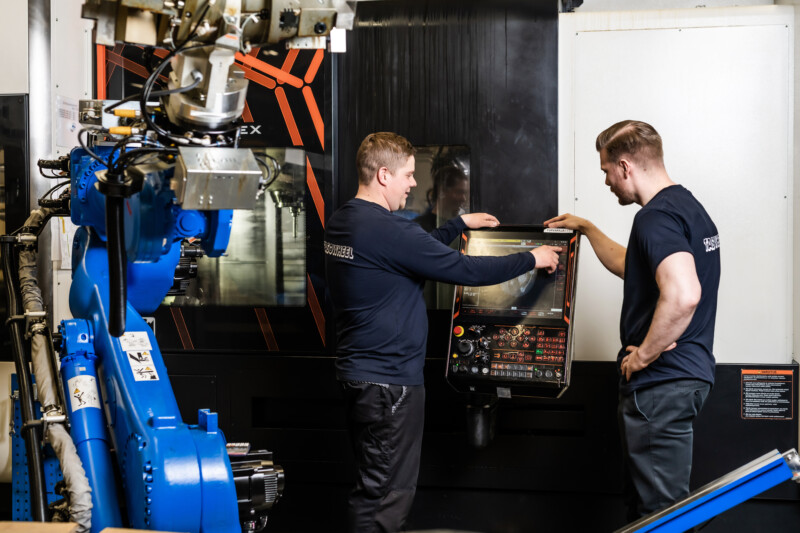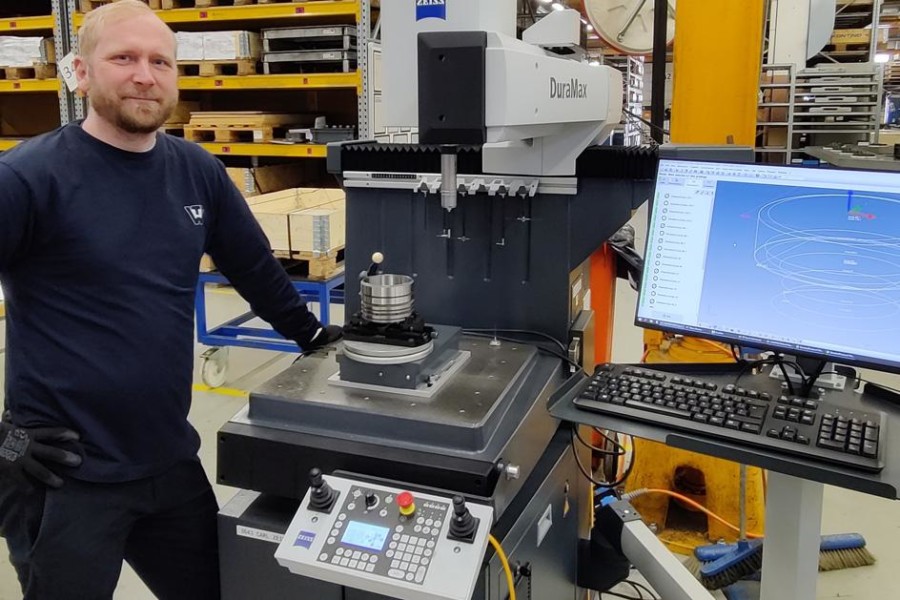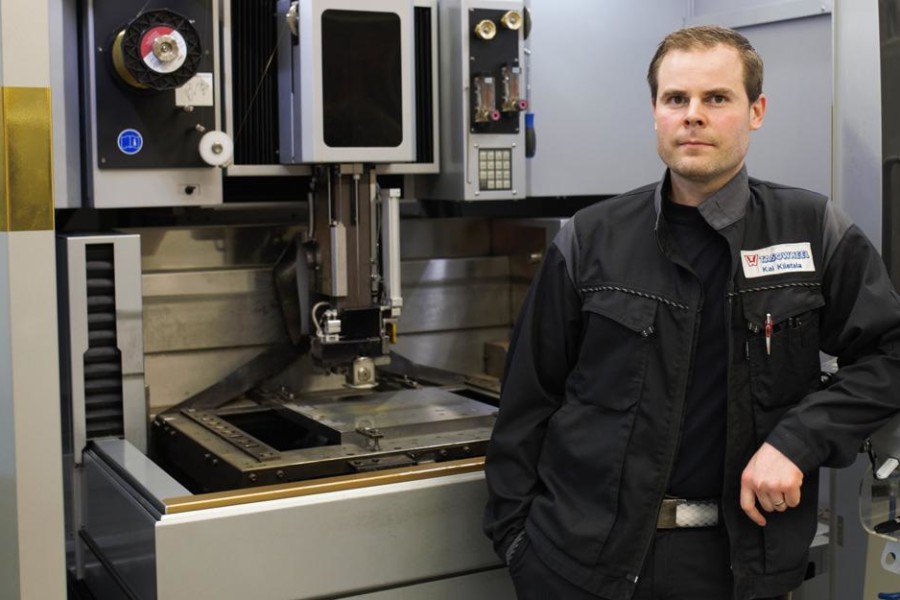Consistent reclamation handling process: Ensuring customer satisfaction
Although we receive reclamations quite seldom, sometimes mistakes do happen. In such cases, it is our priority to handle them according to certain guidelines, which enables us to learn from the mistakes and improve ourselves as a company.
Reactivity, consistency, and solution-orientation. Those are some of the important qualities when we receive a reclamation from a customer. Although we aim at flawless processes and operations, sometimes errors occur. No matter where the root cause of the problem is, we aim to perceive reclamations as points of learning and improvement. As it is important to keep consistency when handling reclamation, we always follow the steps of the 8D report. This leads us to the root cause and reveals where the mistake happened. The report consists of eight steps, during which the problem gets solved, and everything gets documented.
First, a team committed to handling the reclamation is gathered (1D), including representatives from sales, finance, and quality control most importantly. Everyone’s responsibilities and duties regarding the reclamation are discussed through, and the overall situation is being weighed (2D). One of the first tasks is to check if there is any stock, which needs to be inspected or open batches in the production.
Before getting our hands to our internal processes, we always want to serve our customer first by ensuring whether the product that caused the reclamation would need a prompt replacement or a repair. Here, we always act according to our customer’s best interest and needs (3D). After considering what is the best and fastest fix for the customer, the so-called root cause analysis starts. A good tool for this step is to ask 5 times Why? Thanks to this process usually the very root cause gets localized, and the actual problem resolved, and corrective actions may commence (4D and 5D).

As the following step, it is important to verify the corrective actions and make sure that the root cause is fully removed (6D). Next, it is time for preventive actions, and scanning whether there are any possibilities for other similar problems to occur and to remove those (7D). These preventive actions are done according to FMEA analysis (Failure Mode and Effects analysis) if needed. All in all, the key is to learn from earlier mistakes and prevent new ones from happening.
Last but not least, the final step is about giving recognition to anyone who has helped to solve the problem (8D). This is also important concerning the documentation of the lessons learned.
In conclusion, our consistent and structured approach to reclamation handling not only resolves customer concerns quickly but also strengthens our commitment to quality, responsiveness, and continuous improvement. Our customers can trust us to deliver exceptional products and services while actively working to prevent future reclamations.


